Creation of Curved Nanostructures Using Soft-Materials-Derived Lithography
Abstract
1. Introduction
2. Materials and Methods
2.1. Fabrication of SPDMS (Soft PDMS)
2.2. Fabrication of HPDMS (Hard PDMS)
2.3. Fabrication and Treatment of MPDMS (Modified PDMS)
2.4. Fabrication of Fully Swelled MPDMS
2.5. Fabrication of Convex-Type Nanostructures on Si
3. Results and Discussion
3.1. Curved Nanostructure Creation via the Bonding, Swelling (or Lack Thereof), and Breaking Process from Replica Molding
3.2. Curved Nanostructure Creation via the Bonding, Swelling (or Lack Thereof), and Breaking Process from Replica Molding
3.3. Mechanical Modulus Measurement of the HPDMS
3.4. Numerial Analysis of Permeability and Modeling in the Bonding, Controlled Swelling, and Breaking Process
3.4.1. Concentration Diffusion Analysis
3.4.2. Stationary Stress Analysis
3.4.3. Numerical Simulation and Modeling of Permeability
4. Conclusions
Author Contributions
Funding
Conflicts of Interest
References
- Geissler, M.; Xia, Y.N. Patterning: Principles and Some New Developments. Adv. Mater. 2004, 14, 1249–1269. [Google Scholar] [CrossRef]
- Park, W.I.; Kim, K.H.; Jang, H.I.; Jeong, J.W.; Kim, J.M.; Choi, J.S.; Park, J.H.; Jung, Y.S. Directed Self-Assembly with Sub-100 Degrees Celsius Processing Temperature, Sub-10 Nanometer Resolution, and Sub-1 Minute Assembly Time. Small 2012, 8, 3762–3768. [Google Scholar] [CrossRef] [PubMed]
- Pang, C.H.; Lee, G.Y.; Kim, T.I.; Kim, S.M.; Kim, H.N.; Ahn, S.H.; Suh, K.Y. A flexible and highly sensitive strain-gauge sensor using reversible interlocking of nanofibers. Nat. Mater. 2012, 11, 795–801. [Google Scholar] [CrossRef] [PubMed]
- Jeong, J.W.; Yang, S.R.; Hur, Y.H.; Kim, S.W.; Baek, K.M.; Yim, S.M.; Jang, H.I.; Park, J.H.; Lee, S.Y.; Park, C.O.; et al. High-resolution nanotransfer printing applicable to diverse surfaces via interface-targeted adhesion switching. Nat. Commun. 2014, 5, 5387–5398. [Google Scholar] [CrossRef]
- Cheng, H.C.; Huang, C.F.; Lin, Y.; Shen, Y.K. Brightness field distributions of microlens arrays using micro molding. Opt. Express 2010, 18, 26887–26904. [Google Scholar] [CrossRef]
- Yao, Y.; Su, J.Q.; Du, J.L.; Zhang, Y.X.; Gao, F.H.; Gao, F.; Guo, Y.K.; Cui, Z. Coding gray-tone mask for refractive microlens fabrication. Microelectron. Eng. 2000, 53, 531–534. [Google Scholar] [CrossRef]
- Yi, A.Y.; Li, L. Design and fabrication of a microlens array by use of a slow tool servo. Opt. Lett. 2005, 30, 1707–1709. [Google Scholar] [CrossRef]
- Mathis, A.; Courvoisier, F.; Froehly, L.; Furfaro, L.; Jacqot, M.; Lacourt, P.A.; Dudley, J.M. Micromachining along a curve: Femtosecond laser micromachining of curved profiles in diamond and silicon suing accelerating beams. Appl. Phys. Lett. 2012, 101, 071110. [Google Scholar] [CrossRef]
- Xia, Y.N.; Whitesides, G.M. Soft Lithography. Angew. Chem. 1998, 37, 550–575. [Google Scholar] [CrossRef]
- Park, Y.S.; Han, K.H.; Kim, J.H.; Cho, D.H.; Lee, J.H.; Han, Y.J.; Lim, J.T.; Cho, N.S.; Yu, B.G.; Lee, J.I.; et al. Crystallization-assisted nano-lens array fabrication for highly efficient and color stable organic light emitting diodes. Nanoscale 2017, 9, 230–236. [Google Scholar] [CrossRef]
- Odom, T.W.; Christopher Love, J.; Wolfe, D.B.; Paul, K.E.; Whitesides, G.M. Improved Pattern Transfer in Soft Lithography Using Composite Stamps. Langmuir. 2002, 18, 5314–5320. [Google Scholar] [CrossRef]
- Rogers, J.A.; Nuzzo, R.G. Recent progress in soft lithography. Mater. Today Sci. 2005, 8, 50–56. [Google Scholar] [CrossRef]
- Qin, D.; Xia, Y.N.; Whitesides, G.M. Soft lithography for micro- and nanoscale patterning. Nat. Protoc. 2010, 5, 491–502. [Google Scholar] [CrossRef] [PubMed]
- Jang, H.I.; Ko, S.H.; Park, J.Y.; Lee, D.E.; Jeon, S.W.; Ahn, C.W.; Yoo, K.S.; Park, J.H. Reversible creation of nanostructures between identical or different species of materials. Appl. Phys. A 2012, 108, 41–52. [Google Scholar] [CrossRef]
- Yu, S.H.; Han, H.J.; Kim, J.M.; Yim, S.M.; Sim, D.M.; Lim, H.H.; Lee, J.H.; Park, W.I.; Park, J.H.; Kim, K.H.; et al. Area-Selective Lift-Off Mechanism Based on Dual-Triggered Interfacial Adhesion Switching: Highly Facile Fabrication of Flexible Nanomesh Electrode. ACS Nano 2017, 11, 3506–3516. [Google Scholar] [CrossRef] [PubMed]
- Han, H.J.; Jeong, J.W.; Yang, S.R.; Kim, C.G.; Yoo, H.G.; Yoon, J.B.; Park, J.H.; Lee, K.J.; Kim, T.S.; Kim, S.W.; et al. Nanotransplantation Printing of Crystallographic-Orientation-Controlled Single-Crystalline Nanowire Arrays on Diverse Surfaces. ACS Nano 2017, 11, 11642–11652. [Google Scholar] [CrossRef]
- Lee, J.K.; Kim, B.O.; Park, J.C.; Kim, J.B.; Kang, I.S.; Sim, G.S.; Park, J.H.; Jang, H.I. A bilayer Al nanowire-grid polarizer integrated with an IR-cut filter. Opt. Mater. 2019, 98, 109409. [Google Scholar] [CrossRef]
- Kim, P.N.; Kwak, R.K.; Lee, S.H.; Suh, K.Y. Solvent-Assisted Decal Transfer Lithography by Oxygen-Plasma Bonding and Anisotropic Swelling. Adv. Mater. 2010, 22, 2426–2429. [Google Scholar] [CrossRef]
- Park, J.Y.; Park, J.H.; Kim, E.H.; Ahn, C.W.; Jang, H.I.; Rogers, J.A.; Jeon, S.W. Conformable Solid-Index Phase Masks Composed of High-Aspect-Ratio Micropillar Arrays and Their Application to 3D Nanopatterning. Adv. Mater. 2011, 23, 860–864. [Google Scholar] [CrossRef]
- Chan, P.N. Adhesion of Patterned Polymer Interfaces. Ph.D. Dissertation, University of Massachusetts Amherst, Amherst, MA, USA, February 2014. Available online: https://scholarworks.umass.edu/dissertations_1/1104/ (accessed on 1 January 2007).
- Liong, M.; Hoang, A.N.; Chung, J.H.; Gural, N.; Ford, C.B.; Min, C.W.; Shah, R.R.; Ahmad, R.; Fernandez-Suarez, M.; Fortune, S.M.; et al. Magnetic barcode assay for genetic detection of pathogens. Nat. Commun. 2013, 4, 1752–1772. [Google Scholar] [CrossRef]
- Yoo, S.H.; Cohen, C.; Hui, C.Y. Mechanical and swelling properties of PDMS interpenetrating polymer networks. Polymer 2006, 47, 6226–6235. [Google Scholar] [CrossRef]



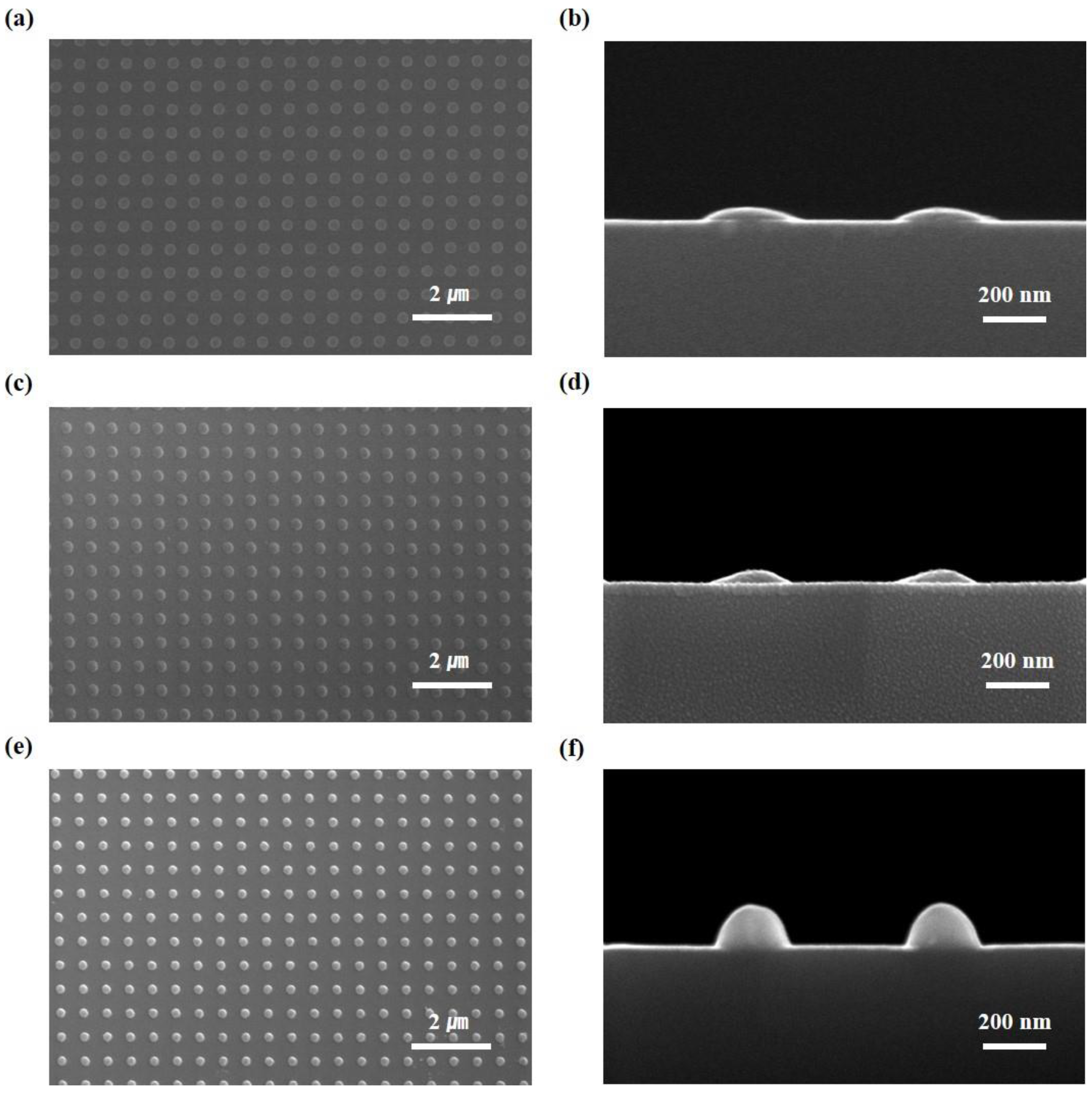
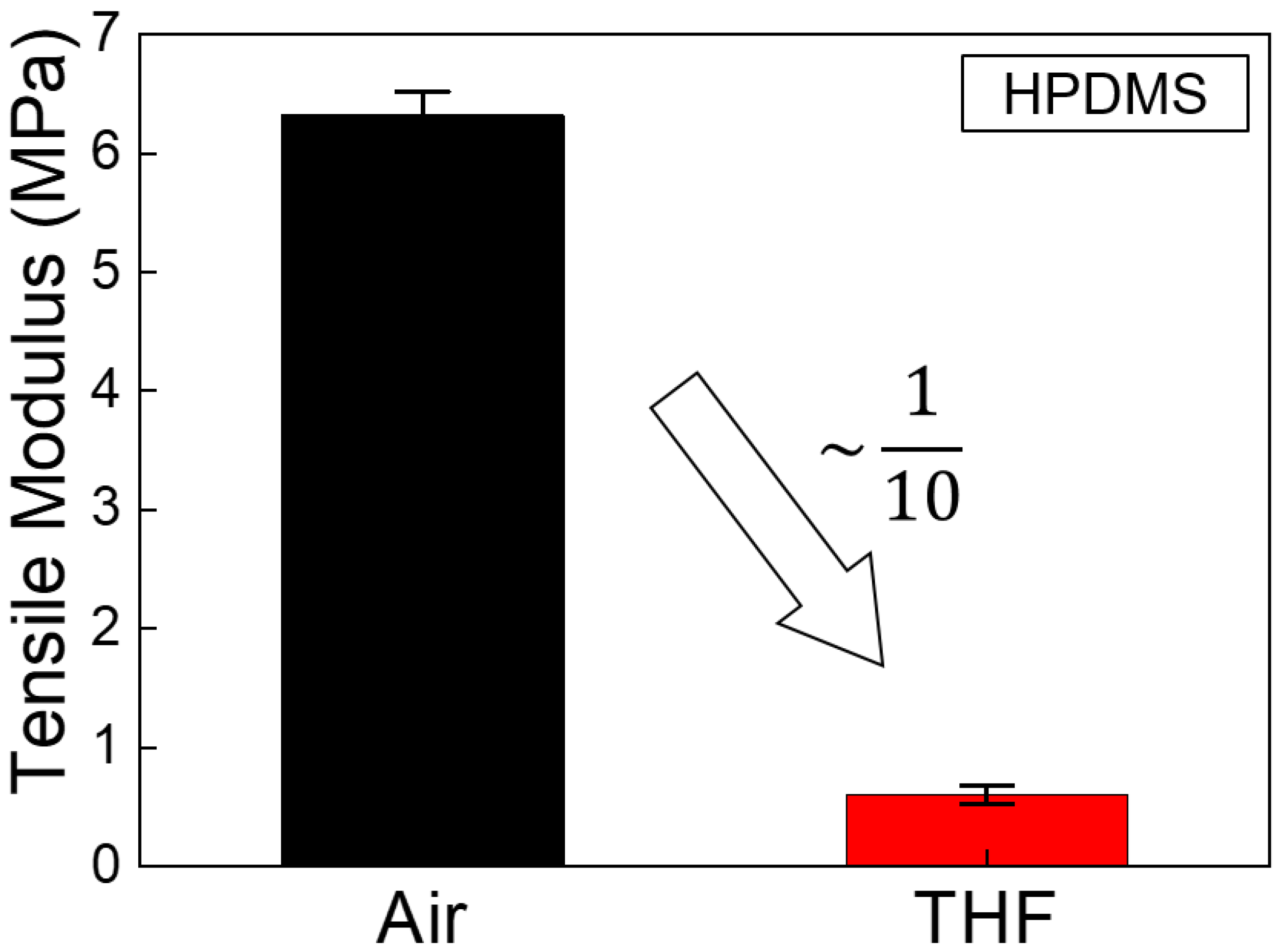
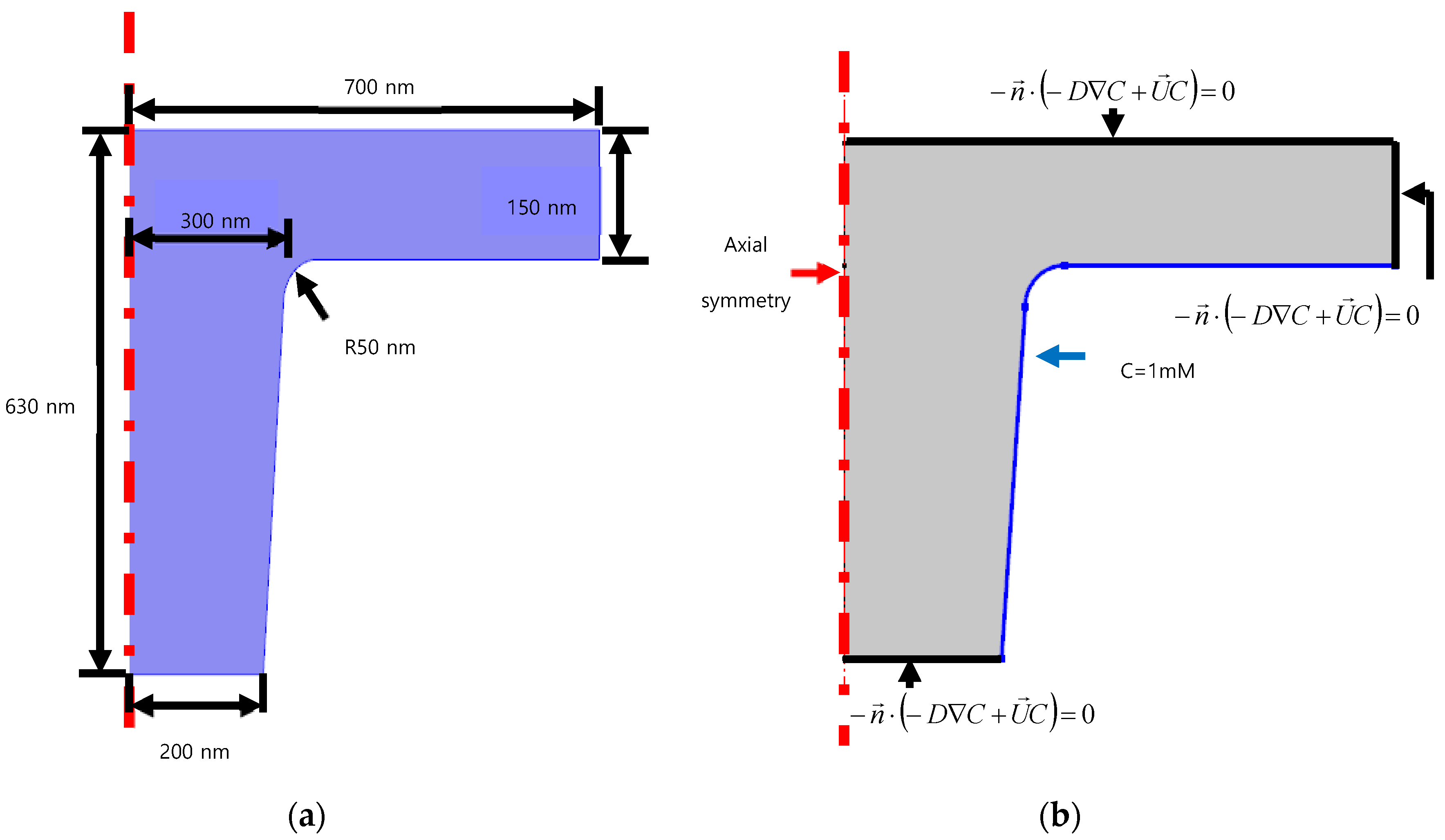
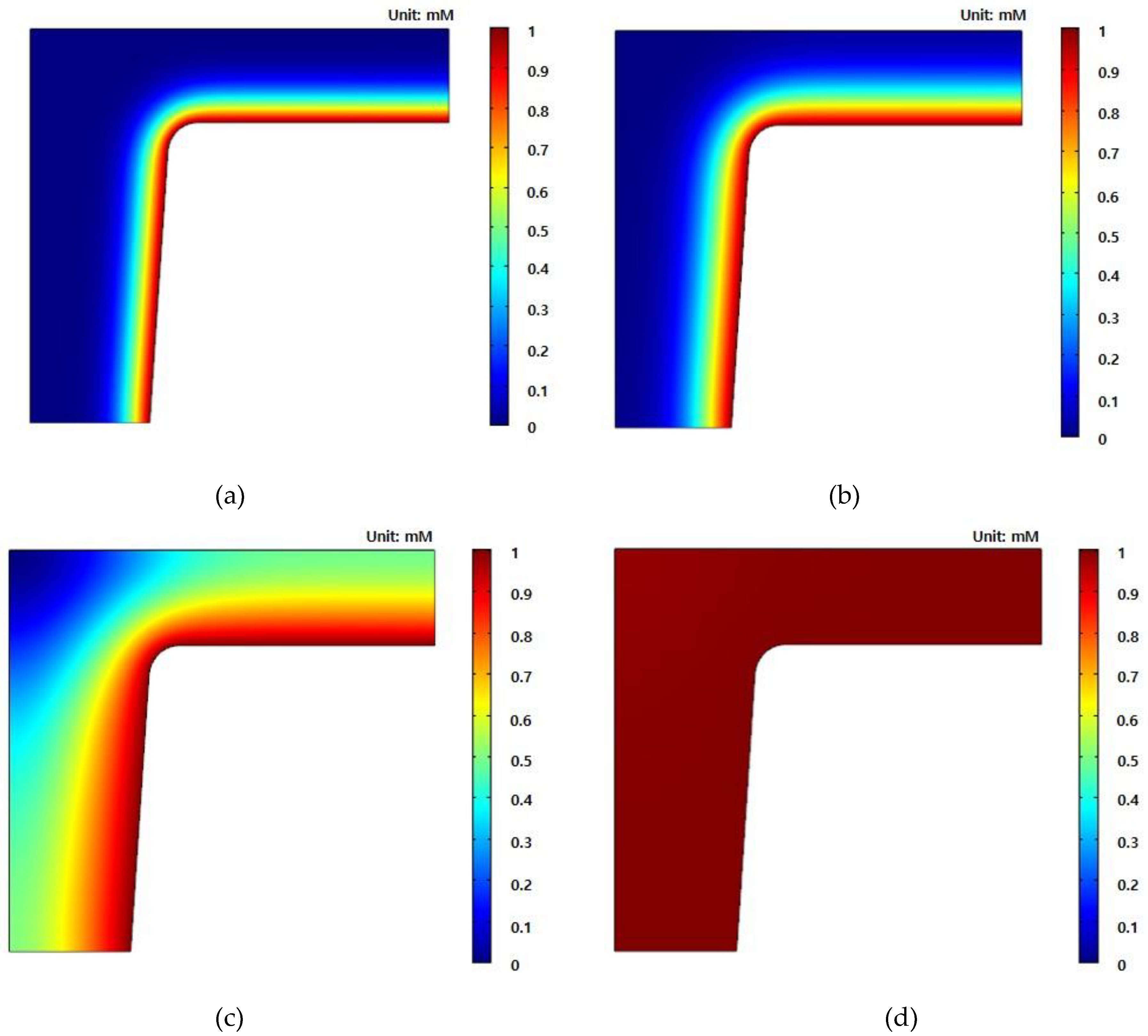
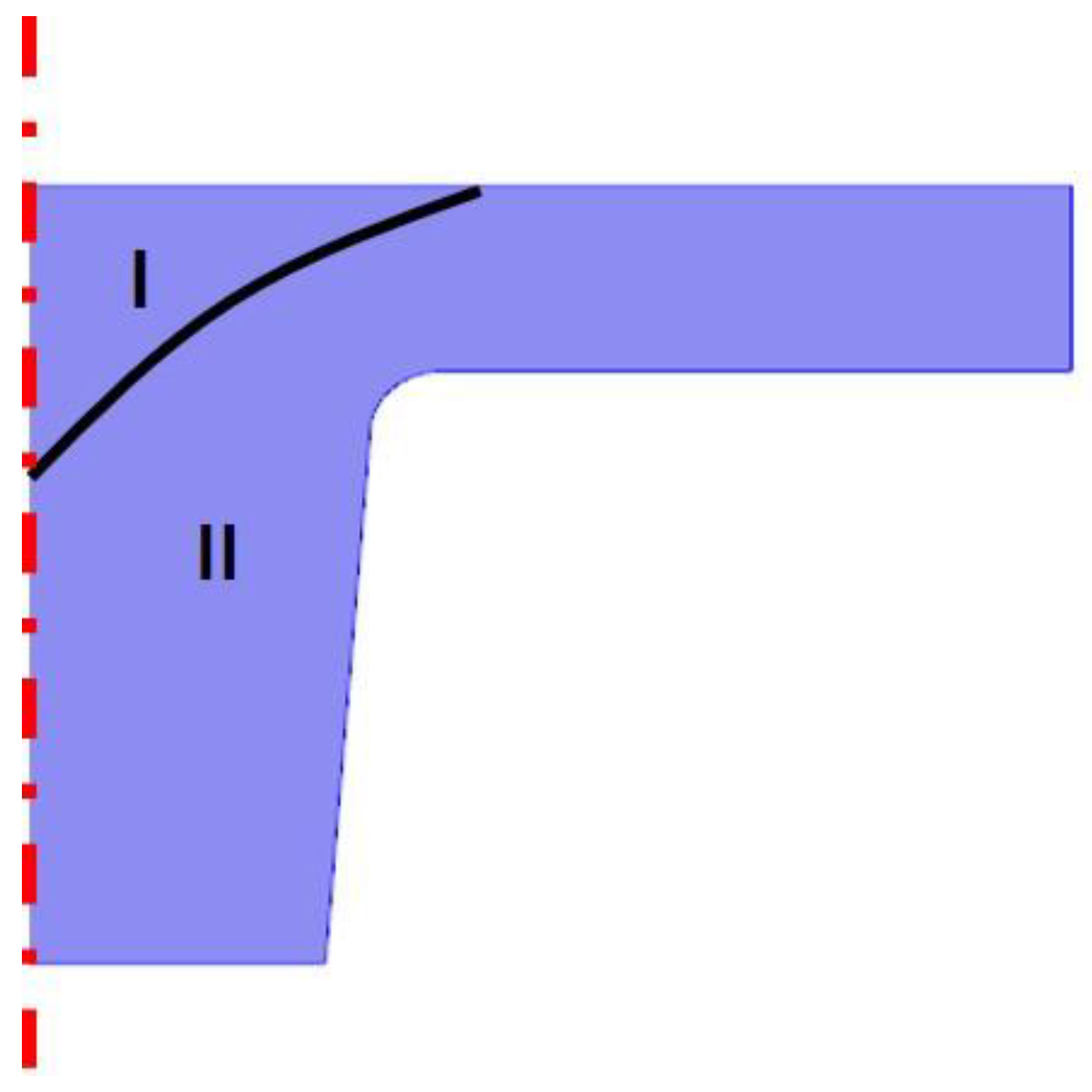

Publisher’s Note: MDPI stays neutral with regard to jurisdictional claims in published maps and institutional affiliations. |
© 2020 by the authors. Licensee MDPI, Basel, Switzerland. This article is an open access article distributed under the terms and conditions of the Creative Commons Attribution (CC BY) license (http://creativecommons.org/licenses/by/4.0/).
Share and Cite
Jang, H.-I.; Yoon, H.-S.; Lee, T.-I.; Lee, S.; Kim, T.-S.; Shim, J.; Park, J.H. Creation of Curved Nanostructures Using Soft-Materials-Derived Lithography. Nanomaterials 2020, 10, 2414. https://doi.org/10.3390/nano10122414
Jang H-I, Yoon H-S, Lee T-I, Lee S, Kim T-S, Shim J, Park JH. Creation of Curved Nanostructures Using Soft-Materials-Derived Lithography. Nanomaterials. 2020; 10(12):2414. https://doi.org/10.3390/nano10122414
Chicago/Turabian StyleJang, Hyun-Ik, Hae-Su Yoon, Tae-Ik Lee, Sangmin Lee, Taek-Soo Kim, Jaesool Shim, and Jae Hong Park. 2020. "Creation of Curved Nanostructures Using Soft-Materials-Derived Lithography" Nanomaterials 10, no. 12: 2414. https://doi.org/10.3390/nano10122414
APA StyleJang, H.-I., Yoon, H.-S., Lee, T.-I., Lee, S., Kim, T.-S., Shim, J., & Park, J. H. (2020). Creation of Curved Nanostructures Using Soft-Materials-Derived Lithography. Nanomaterials, 10(12), 2414. https://doi.org/10.3390/nano10122414




